Home>Construction & Tools>Building Materials>What Is Repointing Brick
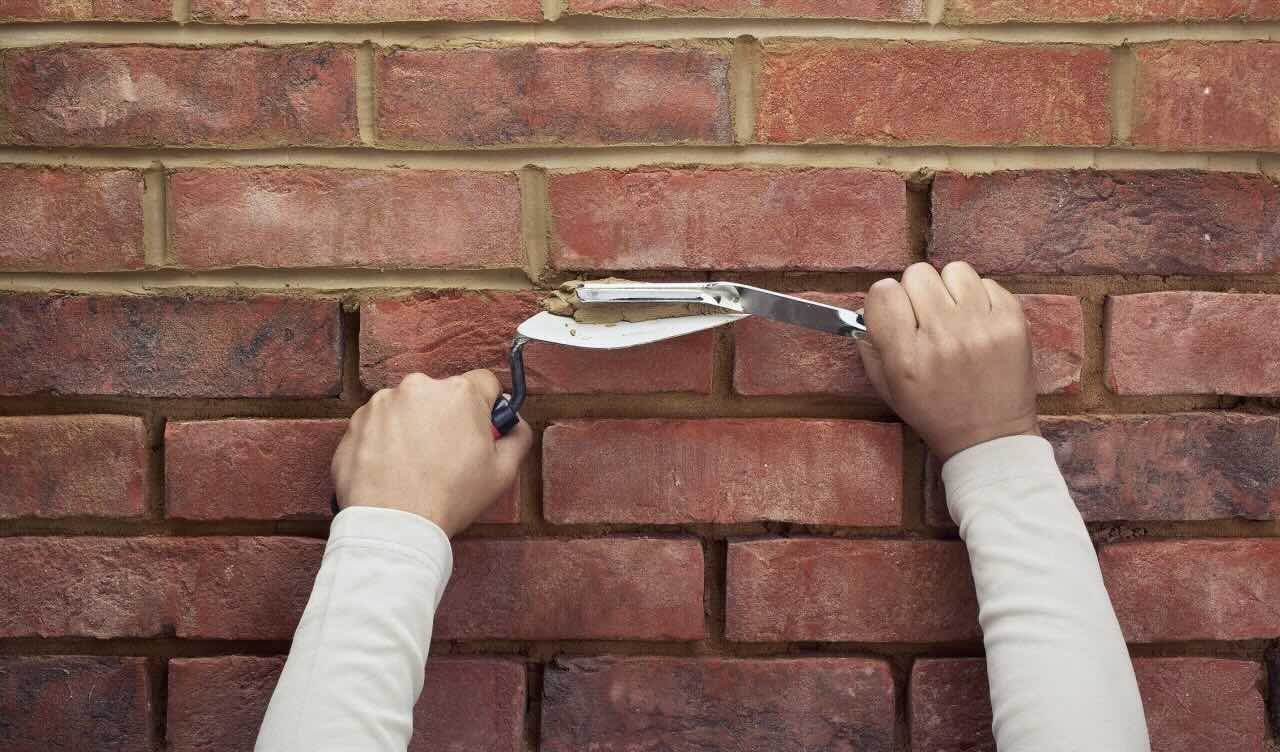

Building Materials
What Is Repointing Brick
Published: January 23, 2024
Learn about the importance of repointing brick and the best building materials to use for this essential maintenance task. Discover expert tips and techniques.
(Many of the links in this article redirect to a specific reviewed product. Your purchase of these products through affiliate links helps to generate commission for Storables.com, at no extra cost. Learn more)
Introduction
Repointing brick is a crucial aspect of maintaining the structural integrity and aesthetic appeal of buildings constructed with brick masonry. Over time, the mortar between bricks can deteriorate due to various factors such as weathering, water damage, and general wear and tear. This degradation can compromise the stability of the structure, allowing moisture to seep into the walls and causing further damage.
Understanding the significance of repointing brick and recognizing the signs that indicate the need for this maintenance process is essential for property owners and caretakers. By comprehending the repointing process, including the required materials and tools, as well as the steps involved, individuals can effectively address deteriorating mortar joints and ensure the longevity of their brick structures.
In this comprehensive guide, we will delve into the intricacies of repointing brick, providing valuable insights into the signs that indicate the necessity of repointing, the step-by-step process involved, and essential tips for achieving successful results. Whether you are a homeowner, a property manager, or a DIY enthusiast, this article will equip you with the knowledge and understanding needed to undertake or oversee the repointing of brick masonry with confidence and proficiency.
Key Takeaways:
- Repointing brick is crucial for maintaining the strength and appearance of brick buildings. It involves renewing deteriorated mortar to prevent water damage and ensure structural stability.
- Signs that repointing is needed include crumbling mortar, water infiltration, and uneven joints. The process involves careful assessment, removal of old mortar, and precise application of new mortar.
Read more: How Much Is It To Repoint A Chimney
Understanding Repointing Brick
Repointing brick, also known as pointing or tuckpointing, is the process of renewing the external part of mortar joints between bricks. This maintenance procedure is essential for preserving the structural integrity and appearance of brick masonry. Over time, the mortar used in brick construction can deteriorate due to exposure to the elements, leading to cracks, gaps, and crumbling. Repointing not only addresses these issues but also prevents further damage by creating a weatherproof barrier and restoring the overall strength of the masonry.
Understanding the importance of repointing involves recognizing the role of mortar in brick structures. Mortar serves as the bonding agent that holds bricks together, providing stability and support to the entire construction. However, mortar is susceptible to degradation from factors such as moisture, temperature fluctuations, and the natural settling of a building. As mortar deteriorates, it compromises the structural integrity of the masonry, making repointing a necessary maintenance task to uphold the longevity and safety of the structure.
Furthermore, repointing brick is not merely a cosmetic enhancement. While it does improve the visual appeal of the masonry by giving it a fresh and uniform appearance, the primary purpose of repointing is to address structural issues and prevent water ingress. By maintaining sound mortar joints, repointing helps safeguard the building from water damage, which can lead to costly repairs and compromise the interior environment by promoting mold growth and decay.
It’s important to note that repointing brick requires a meticulous approach, as the new mortar must seamlessly blend with the existing mortar in terms of color, composition, and texture. Achieving a harmonious integration is crucial for preserving the historical and architectural authenticity of older buildings while ensuring a cohesive and aesthetically pleasing finish for newer constructions.
By understanding the significance of repointing brick and its impact on the structural soundness and visual appeal of masonry, property owners and caretakers can proactively address mortar deterioration and maintain the durability and charm of their brick structures.
Signs That Repointing is Needed
Recognizing the signs that indicate the necessity of repointing is crucial for preserving the integrity and longevity of brick masonry. By identifying these indicators in a timely manner, property owners and caretakers can address deteriorating mortar joints before more extensive damage occurs. Here are the key signs that repointing may be needed:
- Visible Mortar Deterioration: Crumbling, cracking, or receding mortar joints are clear indications that repointing is necessary. Weathering, age, and exposure to moisture can cause the mortar to deteriorate, compromising the stability and weatherproofing of the masonry.
- Water Infiltration: Interior water damage, such as damp or discolored walls, mold growth, or water stains, can signify that deteriorated mortar joints are allowing moisture to penetrate the building. Repointing is essential to prevent further water ingress and the associated structural and environmental issues.
- Loss of Mortar Strength: If the mortar appears powdery or significantly weaker than the surrounding bricks, it indicates that the mortar has degraded and is no longer providing adequate support. Repointing is necessary to restore the strength and stability of the masonry.
- Decayed or Missing Mortar: Sections of missing or significantly decayed mortar joints expose the bricks to potential movement and damage. Repointing these areas is critical to maintain the overall structural integrity of the masonry.
- Uneven Mortar Joints: Irregular or uneven mortar joints not only detract from the visual appeal of the masonry but also indicate that the mortar has deteriorated and requires renewal through repointing.
- Historical or Architectural Preservation: For older buildings with historical or architectural significance, the preservation of original mortar joints is paramount. If the original mortar shows signs of deterioration, repointing using appropriate techniques and materials is essential to maintain the building’s authenticity and structural stability.
By being attentive to these signs, property owners and caretakers can assess the condition of their brick masonry and take proactive measures to address deteriorating mortar joints through timely repointing, thereby safeguarding the structural integrity and aesthetic appeal of their buildings.
The Repointing Process
The repointing process involves meticulous steps to renew and reinforce the mortar joints between bricks, ensuring the structural integrity and weatherproofing of the masonry. This essential maintenance procedure requires careful preparation, skilled execution, and attention to detail. Here is an overview of the repointing process:
- Assessment and Preparation: Before commencing repointing, a thorough assessment of the existing mortar joints is conducted to determine the extent of deterioration and the appropriate course of action. The surrounding area is prepared by protecting adjacent surfaces and structures to prevent damage from the repointing process.
- Removal of Deteriorated Mortar: Using specialized tools such as chisels, grinders, or rakers, the deteriorated mortar is carefully removed from the joints to a sufficient depth, typically to a minimum of 3/4 inch, ensuring a clean and sound base for the new mortar.
- Cleaning and Dampening: The exposed brick and mortar joints are thoroughly cleaned to remove debris, dust, and residues. Dampening the joints with water prior to repointing promotes better adhesion and prevents rapid drying of the new mortar.
- Application of New Mortar: The new mortar, carefully prepared to match the composition and color of the original mortar, is skillfully applied to the cleaned and dampened joints using a pointing trowel, ensuring complete filling and proper compaction without air voids.
- Finishing and Tooling: Excess mortar is trimmed and the joints are tooled to achieve a uniform and aesthetically pleasing finish. Proper tooling ensures that the new mortar blends seamlessly with the surrounding masonry and promotes effective shedding of water from the joints.
- Curing and Protection: The repointed area is protected from adverse weather conditions and allowed to cure gradually to achieve optimal strength and durability. Curing may involve covering the repointed area with damp cloths or applying a curing compound to prevent rapid moisture loss.
The repointing process demands precision, patience, and expertise to ensure that the new mortar integrates seamlessly with the existing masonry, providing enhanced structural support and weather resistance. By following these meticulous steps, the integrity and longevity of brick structures can be effectively preserved through proficient repointing.
Materials and Tools Required
Executing a successful repointing project necessitates the use of specific materials and tools tailored to the intricacies of renewing mortar joints in brick masonry. The following materials and tools are essential for carrying out the repointing process effectively:
Read more: How Do You Repoint A Patio
Materials:
- Mortar Mix: High-quality mortar mix that matches the composition, strength, and color of the existing mortar is essential for achieving a seamless and durable finish.
- Water: Clean water is required for mixing the mortar and dampening the joints prior to repointing.
- Grout Bag: A grout bag or mortar bag facilitates precise application of the new mortar into the joints, ensuring thorough filling and minimal mess.
- Curing Compound: A curing compound may be necessary to promote gradual moisture retention and proper curing of the new mortar, especially in conditions where rapid drying is a concern.
- Protective Materials: Tarps, plastic sheeting, or protective coverings are used to shield adjacent surfaces and landscaping from debris and potential damage during the repointing process.
Tools:
- Pointing Trowel: A narrow, flat-pointed trowel is essential for applying and compacting the new mortar into the joints with precision and control.
- Joint Raker or Grinder: Specialized tools such as a joint raker or grinder are used to carefully remove deteriorated mortar from the joints, preparing them for repointing.
- Masonry Brush: A stiff-bristled brush is employed for cleaning out debris and loose mortar from the joints and brick surfaces before repointing.
- Safety Gear: Personal protective equipment including gloves, safety goggles, and dust masks is crucial for safeguarding against potential hazards during the repointing process.
- Masonry Hammer and Chisels: These tools are utilized for chipping away stubborn or protruding mortar and for shaping the joints as needed.
By utilizing the appropriate materials and tools, property owners, contractors, and DIY enthusiasts can undertake repointing projects with confidence, ensuring the meticulous renewal of mortar joints and the preservation of brick masonry structures.
When repointing brick, make sure to remove any deteriorated mortar and clean the joints thoroughly before applying new mortar. This will ensure a strong and long-lasting bond.
Steps for Repointing Brick
Executing the repointing of brick masonry requires a systematic approach and careful attention to detail to achieve optimal results. The following steps outline the process of repointing brick, guiding individuals through the essential stages of renewing mortar joints:
- Assessment: Conduct a comprehensive assessment of the mortar joints, identifying areas of deterioration and determining the scope of repointing required. Note the mortar composition, color, and joint dimensions for accurate matching.
- Preparation: Prepare the work area by safeguarding adjacent surfaces and structures. Gather the necessary materials and tools, and ensure that safety gear is worn to protect against potential hazards.
- Removal of Deteriorated Mortar: Using a joint raker, grinder, or chisel, carefully remove the deteriorated mortar from the joints to a depth of at least 3/4 inch, ensuring a clean and sound base for repointing.
- Cleaning and Dampening: Thoroughly clean out debris and dust from the joints and dampen the area with water to promote better adhesion of the new mortar and prevent rapid drying.
- Preparation of Mortar: Prepare the mortar mix according to the specifications of the existing mortar, ensuring a consistent composition, strength, and color for seamless integration.
- Application of New Mortar: Load the mortar into a grout or mortar bag and carefully fill the joints with the new mortar, ensuring complete filling and proper compaction without air voids.
- Finishing and Tooling: Trim excess mortar and use a pointing trowel to tool the joints, achieving a uniform and aesthetically pleasing finish that seamlessly blends with the surrounding masonry.
- Curing and Protection: Protect the repointed area from adverse weather conditions and allow the new mortar to cure gradually for optimal strength and durability.
- Final Inspection: Conduct a final inspection of the repointed area to ensure that the new mortar has effectively integrated with the existing masonry, providing enhanced structural support and weather resistance.
By following these systematic steps, property owners, contractors, and skilled craftsmen can proficiently undertake the repointing of brick masonry, addressing mortar deterioration and preserving the integrity and visual appeal of their structures.
Tips for Successful Repointing
Executing a successful repointing project requires a blend of technical expertise, attention to detail, and careful consideration of various factors that contribute to the durability and visual appeal of the renewed mortar joints. The following tips are invaluable for achieving a successful repointing outcome:
- Match the Mortar: Ensure that the new mortar matches the composition, strength, color, and texture of the existing mortar to achieve a seamless and cohesive finish that blends harmoniously with the surrounding masonry.
- Proper Mortar Consistency: Maintain the appropriate consistency of the mortar to facilitate effective application and compaction into the joints, promoting optimal adhesion and durability.
- Thorough Cleaning: Prior to repointing, thoroughly clean out debris, dust, and loose mortar from the joints and brick surfaces to ensure a clean and sound base for the new mortar.
- Gradual Curing: Protect the repointed area from rapid drying and adverse weather conditions, allowing the new mortar to cure gradually for optimal strength and durability.
- Attention to Detail: Exercise precision and attention to detail during the application and tooling of the new mortar to achieve uniform joints and an aesthetically pleasing finish.
- Protect Adjacent Surfaces: Shield adjacent surfaces, landscaping, and structures from potential damage during the repointing process by using tarps, plastic sheeting, or protective coverings.
- Historical Considerations: For historical or architecturally significant buildings, adhere to appropriate repointing techniques and materials to preserve the authenticity and integrity of the original mortar joints.
- Professional Expertise: For complex or extensive repointing projects, consider engaging skilled professionals with expertise in masonry restoration and repointing for optimal results.
- Regular Maintenance: Implement a regular maintenance schedule to monitor the condition of mortar joints and address any signs of deterioration promptly, preventing extensive damage and costly repairs.
By adhering to these tips and best practices, property owners, contractors, and DIY enthusiasts can navigate the repointing process with confidence, ensuring the meticulous renewal of mortar joints and the preservation of the structural integrity and visual appeal of their brick masonry.
Read more: What Is A Brick
Conclusion
In conclusion, the process of repointing brick is a vital aspect of maintaining the structural integrity, weatherproofing, and aesthetic appeal of brick masonry. By understanding the significance of repointing and recognizing the signs that indicate the need for this maintenance procedure, property owners and caretakers can proactively address deteriorating mortar joints, safeguarding the longevity and durability of their structures.
The repointing process involves meticulous steps, from the assessment and preparation of the work area to the careful removal of deteriorated mortar, the application of new mortar, and the gradual curing of the repointed area. By utilizing the appropriate materials and tools and following systematic steps, individuals can proficiently undertake repointing projects, ensuring the meticulous renewal of mortar joints and the preservation of their brick structures.
Furthermore, adhering to tips for successful repointing, such as matching the mortar, maintaining proper consistency, and exercising attention to detail, is essential for achieving optimal results and enhancing the durability and visual appeal of the renewed mortar joints. By implementing regular maintenance and historical considerations where applicable, property owners can ensure the long-term preservation of their brick masonry structures.
Ultimately, the knowledge and understanding of repointing brick empower property owners, contractors, and DIY enthusiasts to address mortar deterioration effectively, preserving the authenticity, charm, and structural soundness of their brick buildings. By embracing the intricacies of repointing and approaching this maintenance process with diligence and expertise, individuals can uphold the timeless beauty and enduring strength of brick masonry for generations to come.
Frequently Asked Questions about What Is Repointing Brick
Was this page helpful?
At Storables.com, we guarantee accurate and reliable information. Our content, validated by Expert Board Contributors, is crafted following stringent Editorial Policies. We're committed to providing you with well-researched, expert-backed insights for all your informational needs.
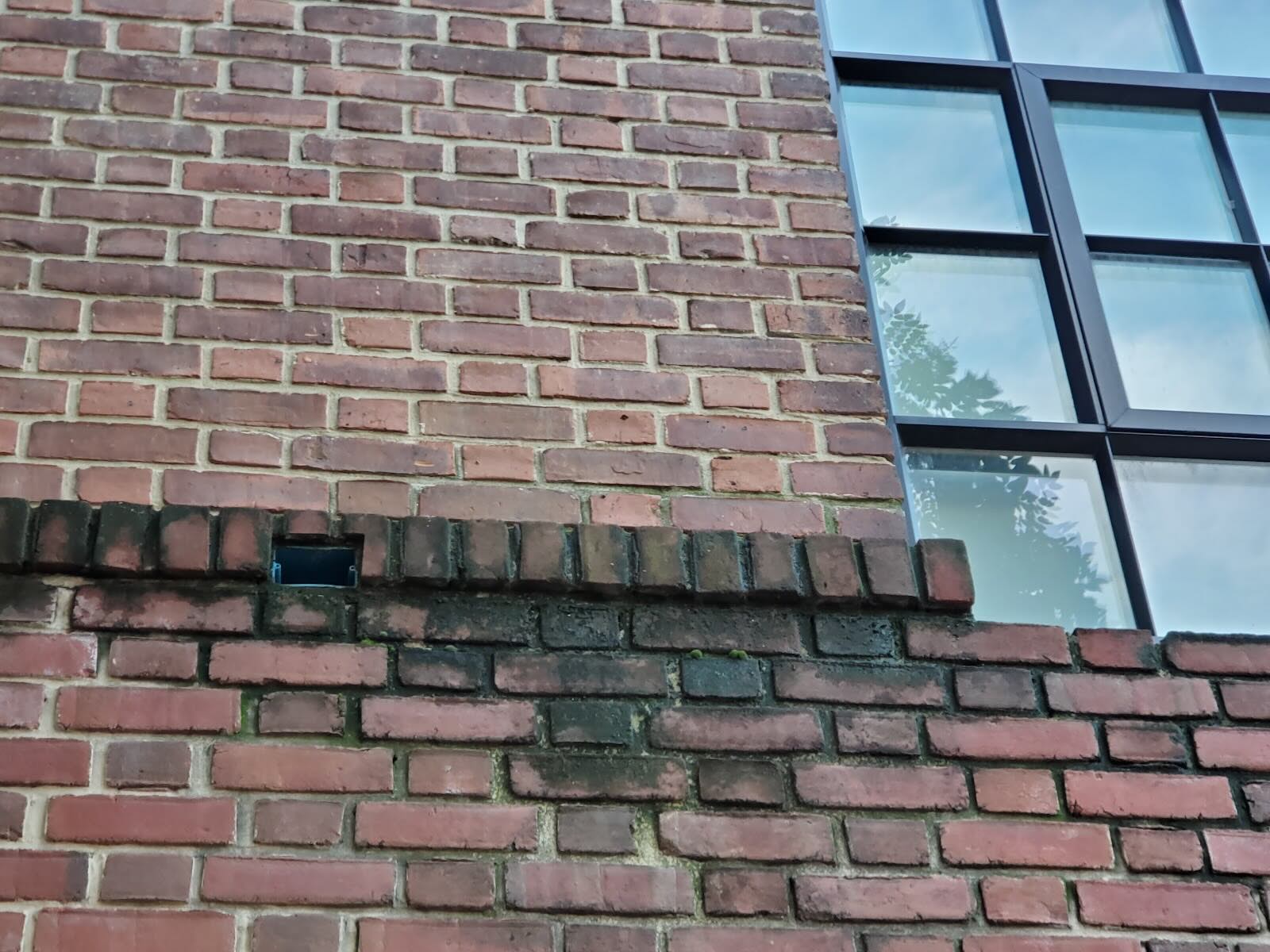
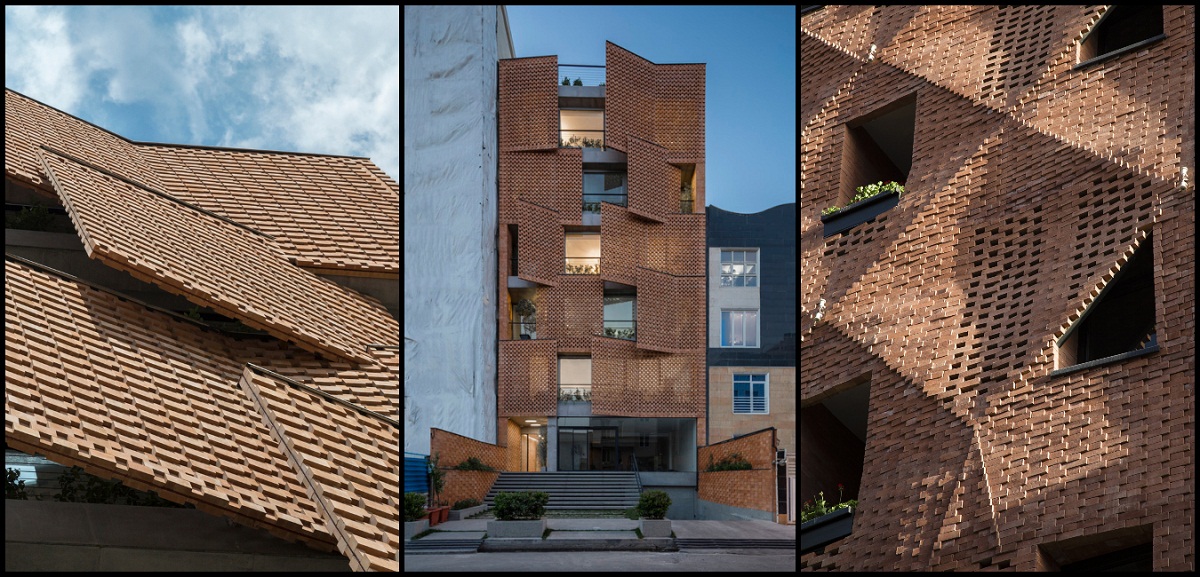
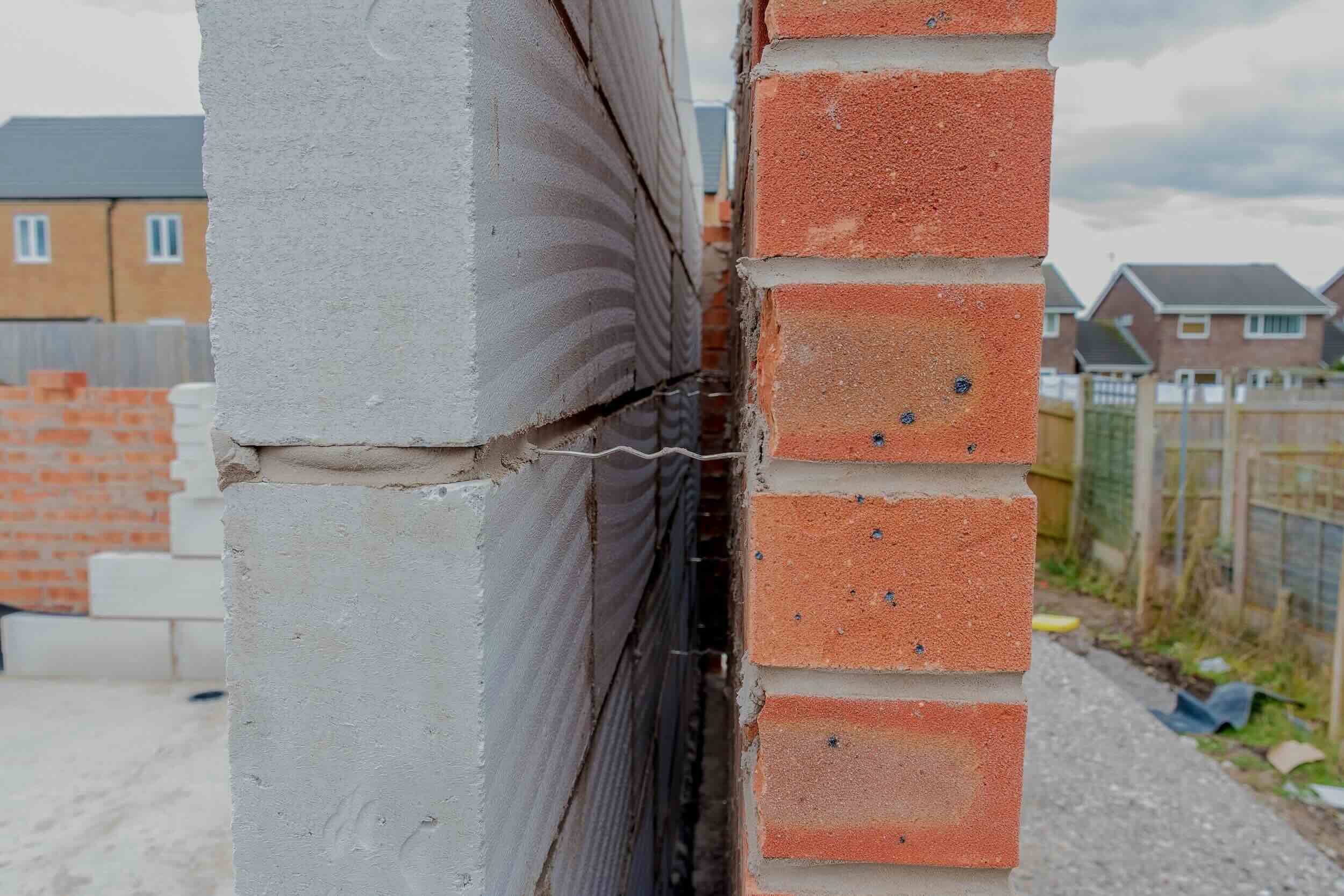
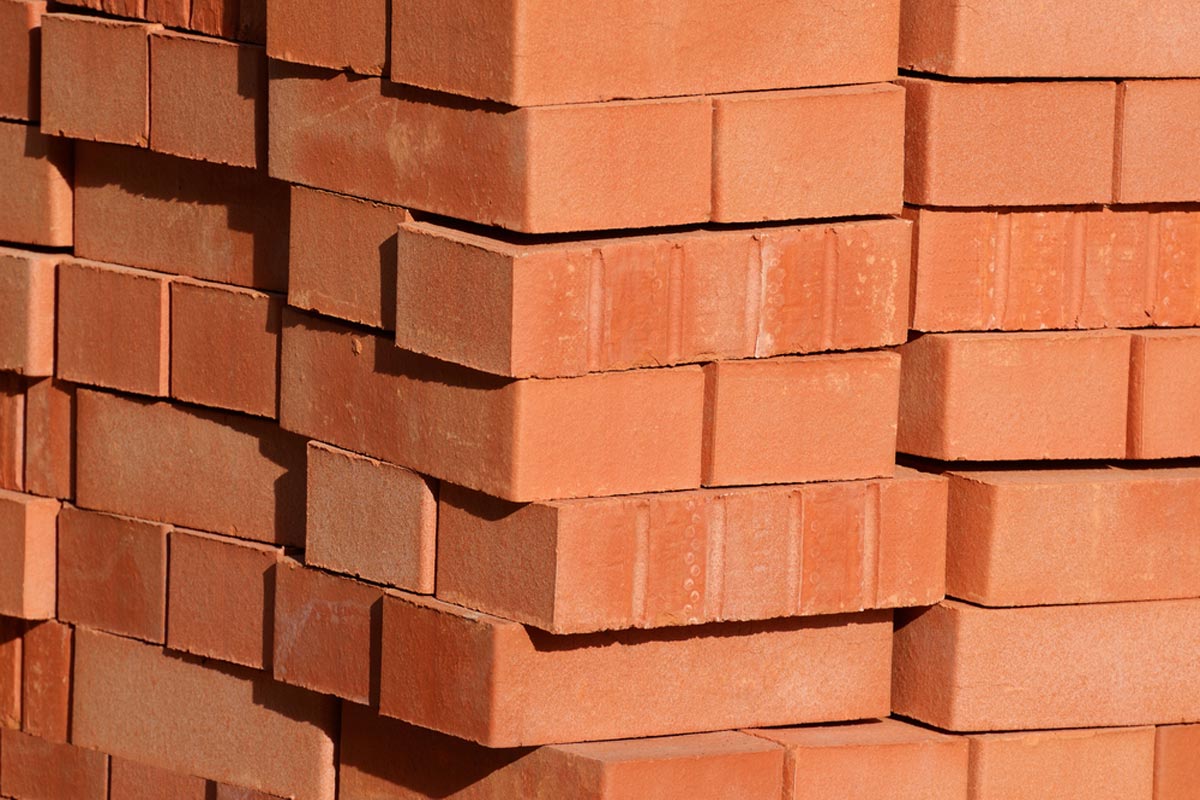
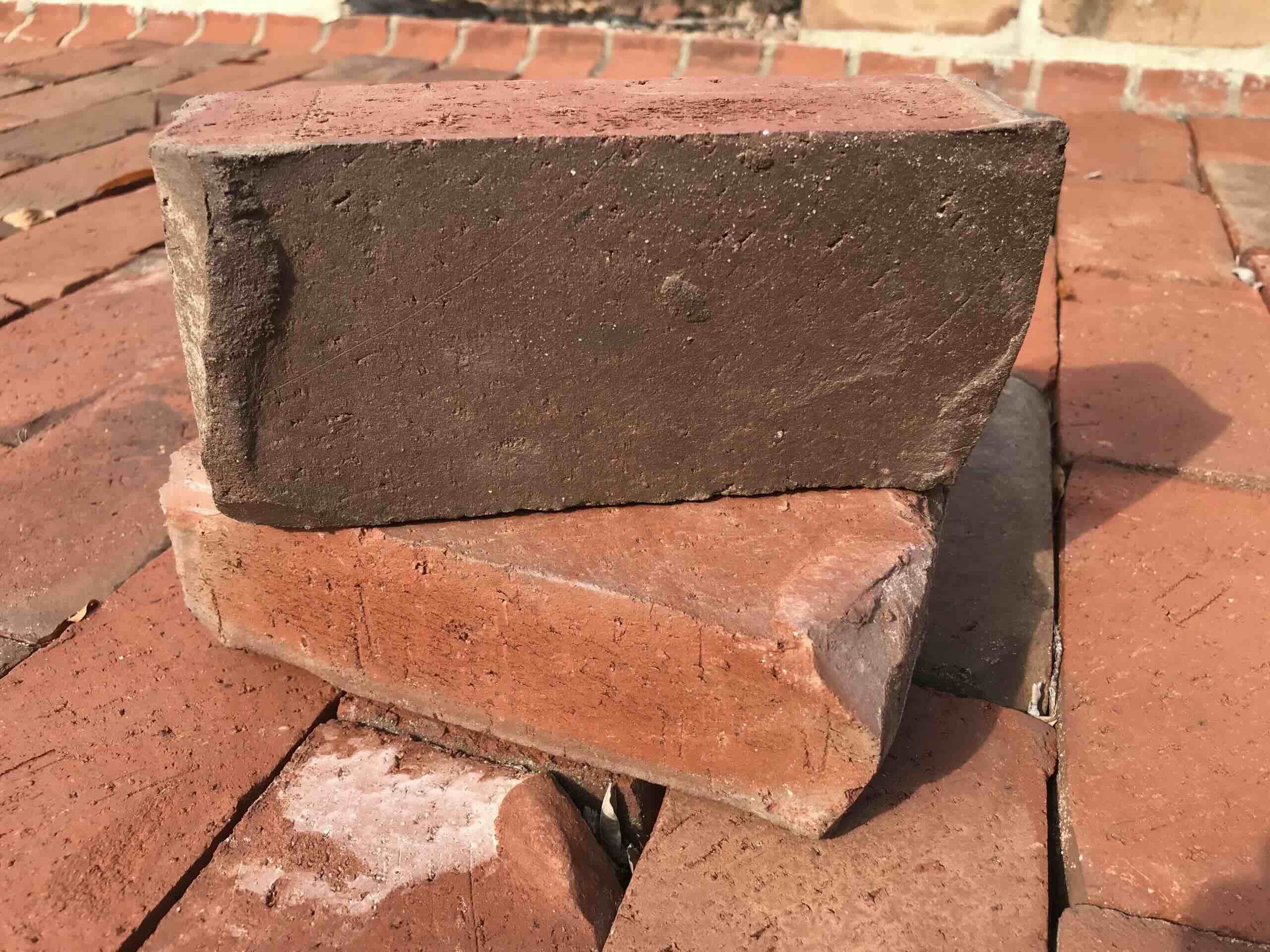
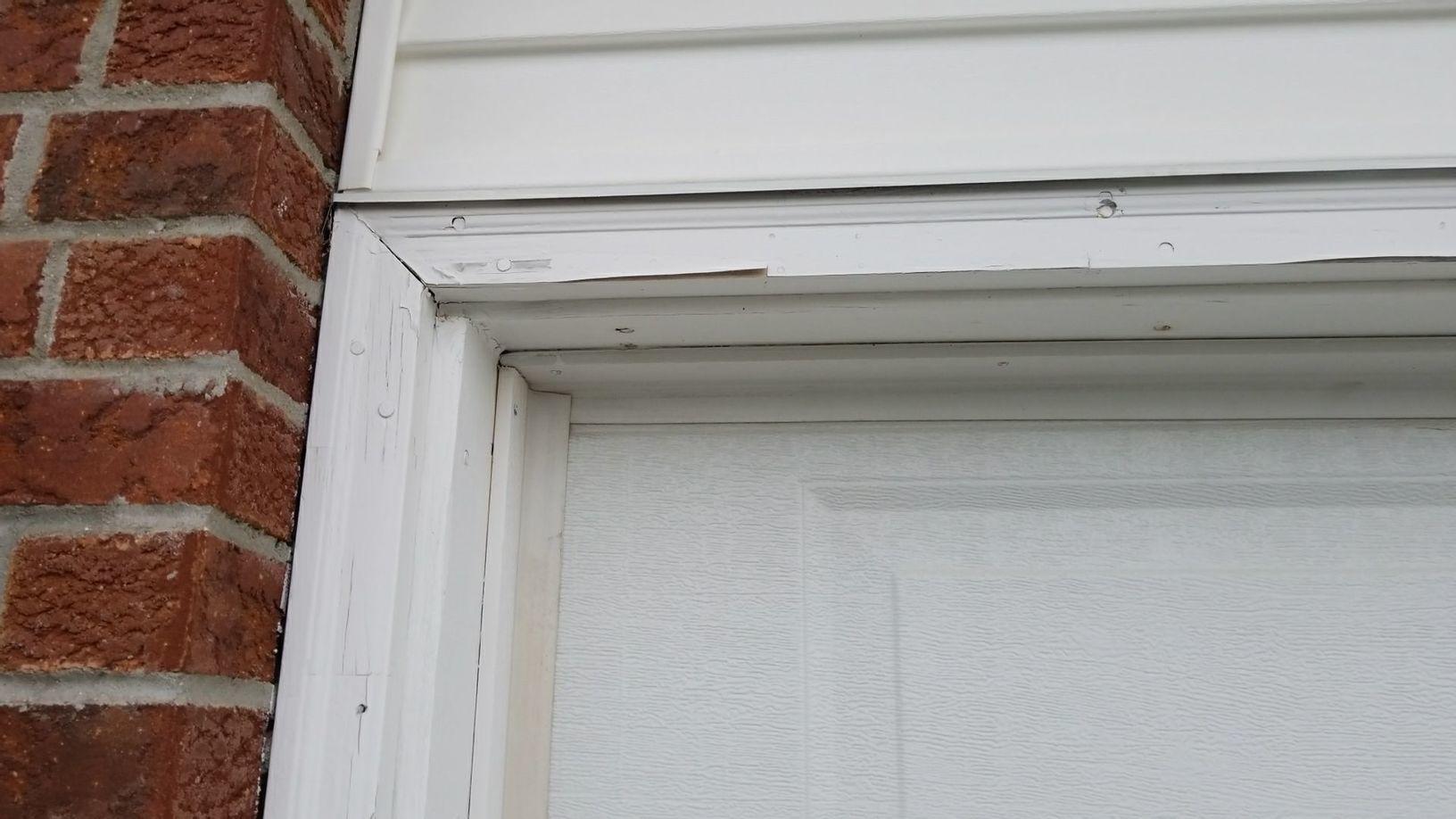
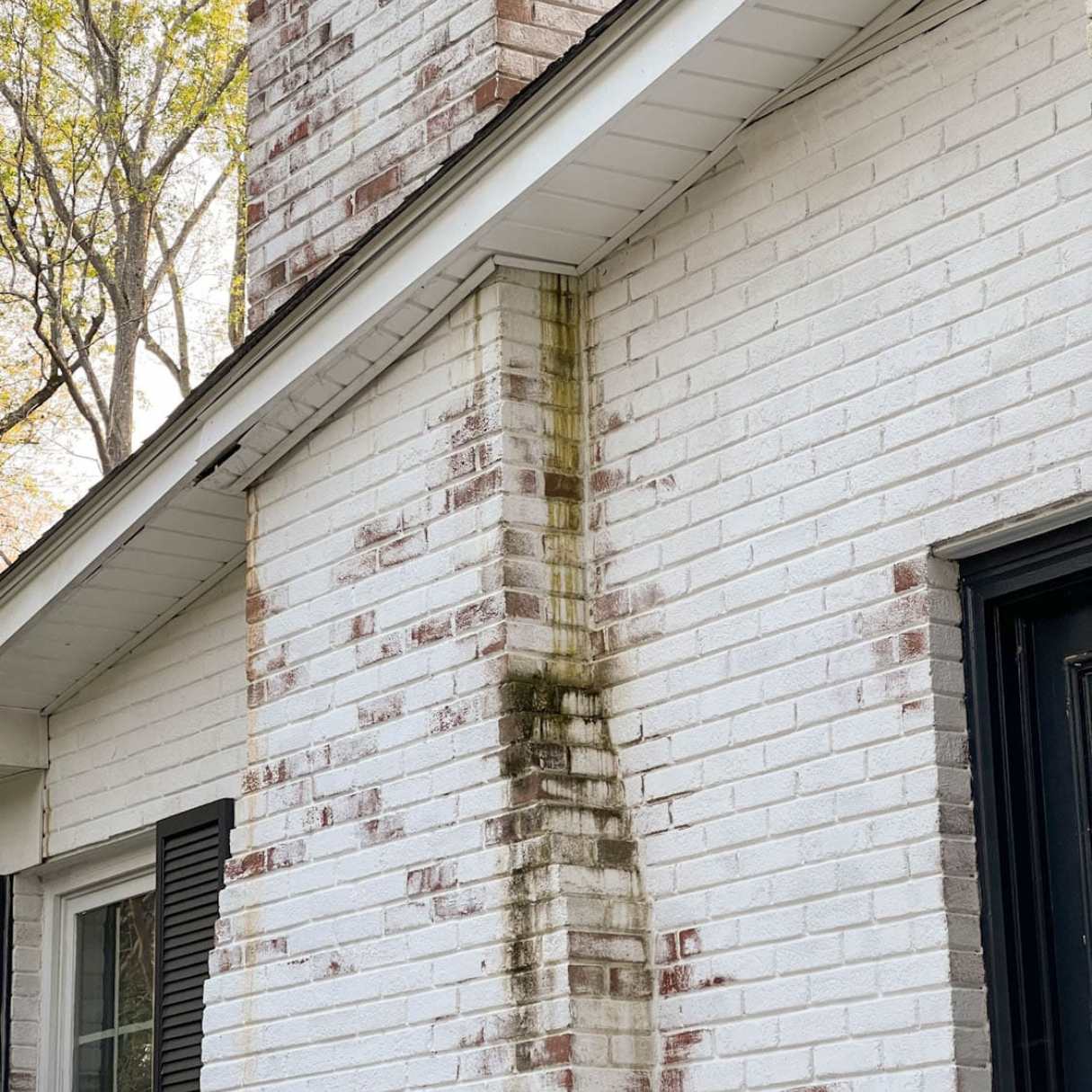
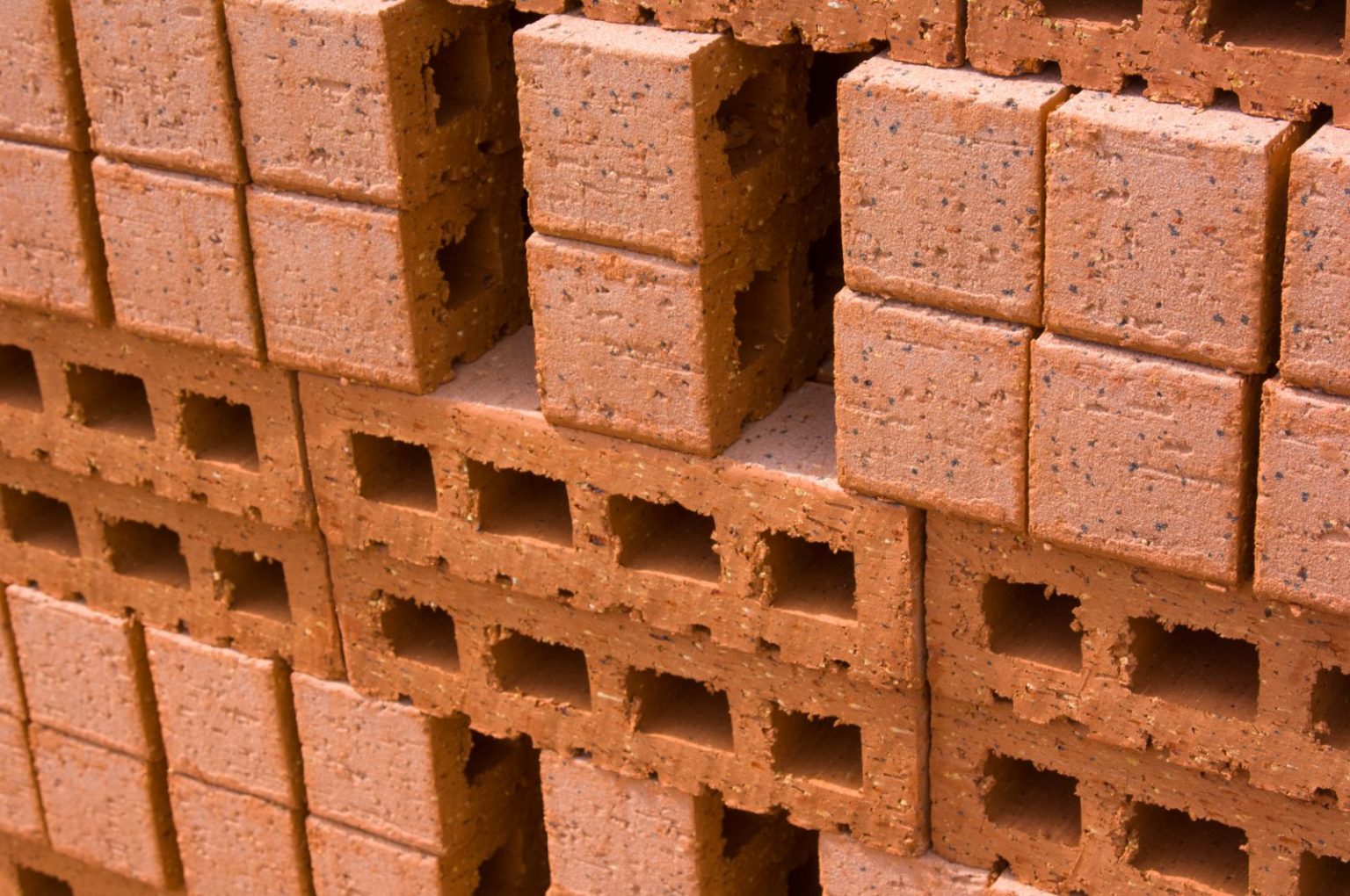
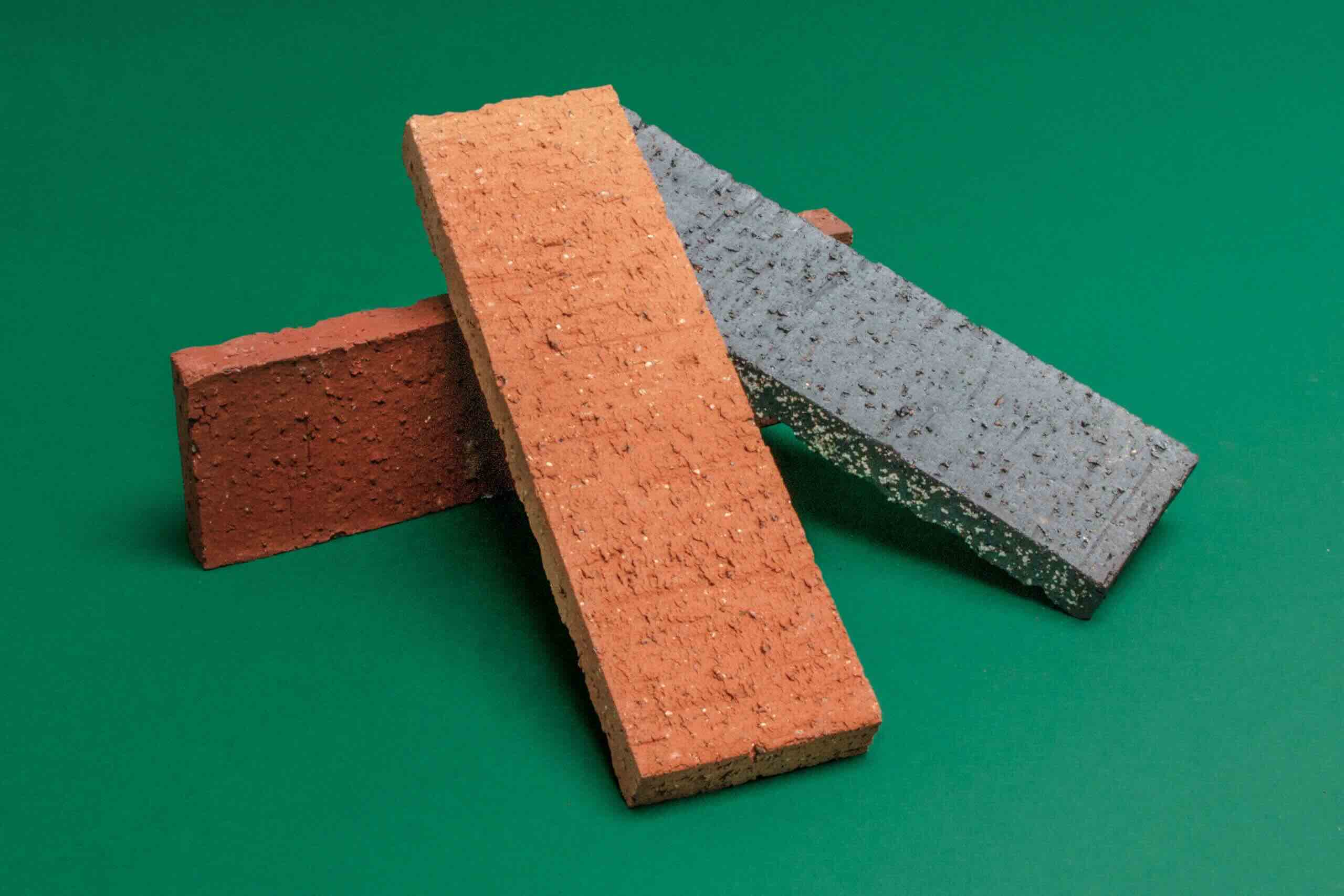
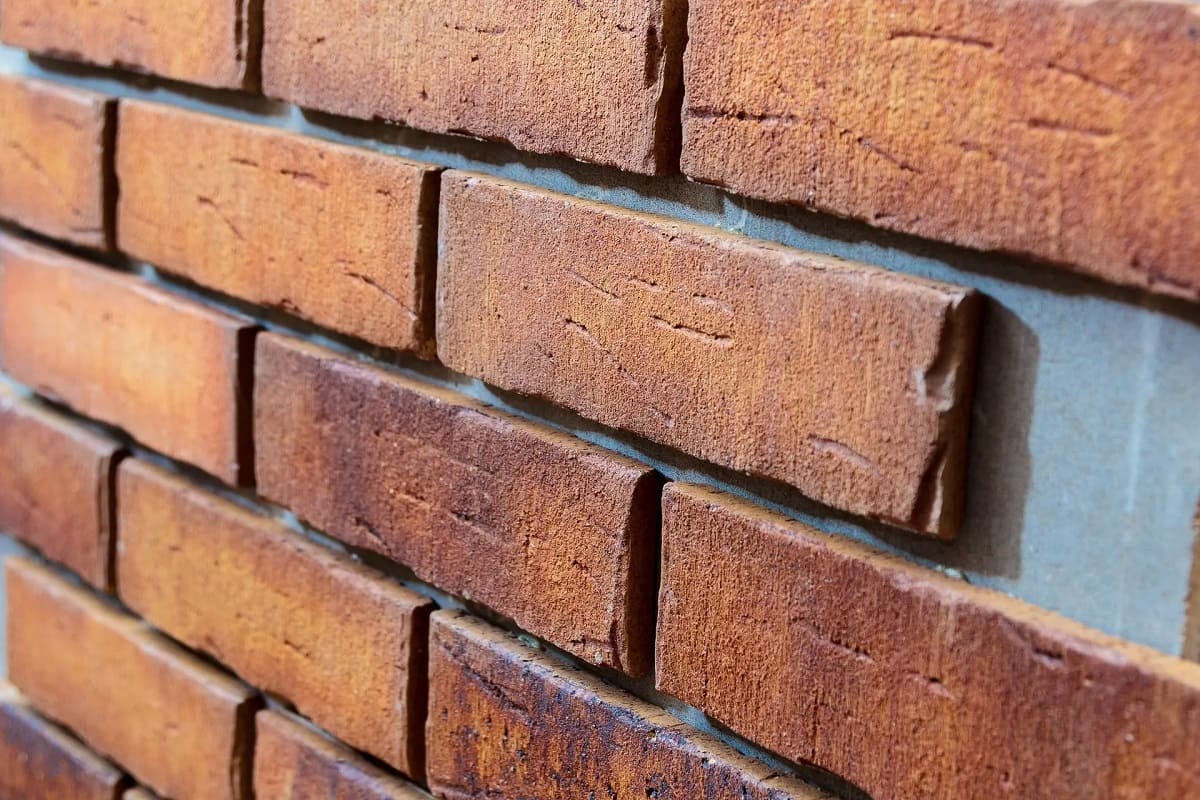
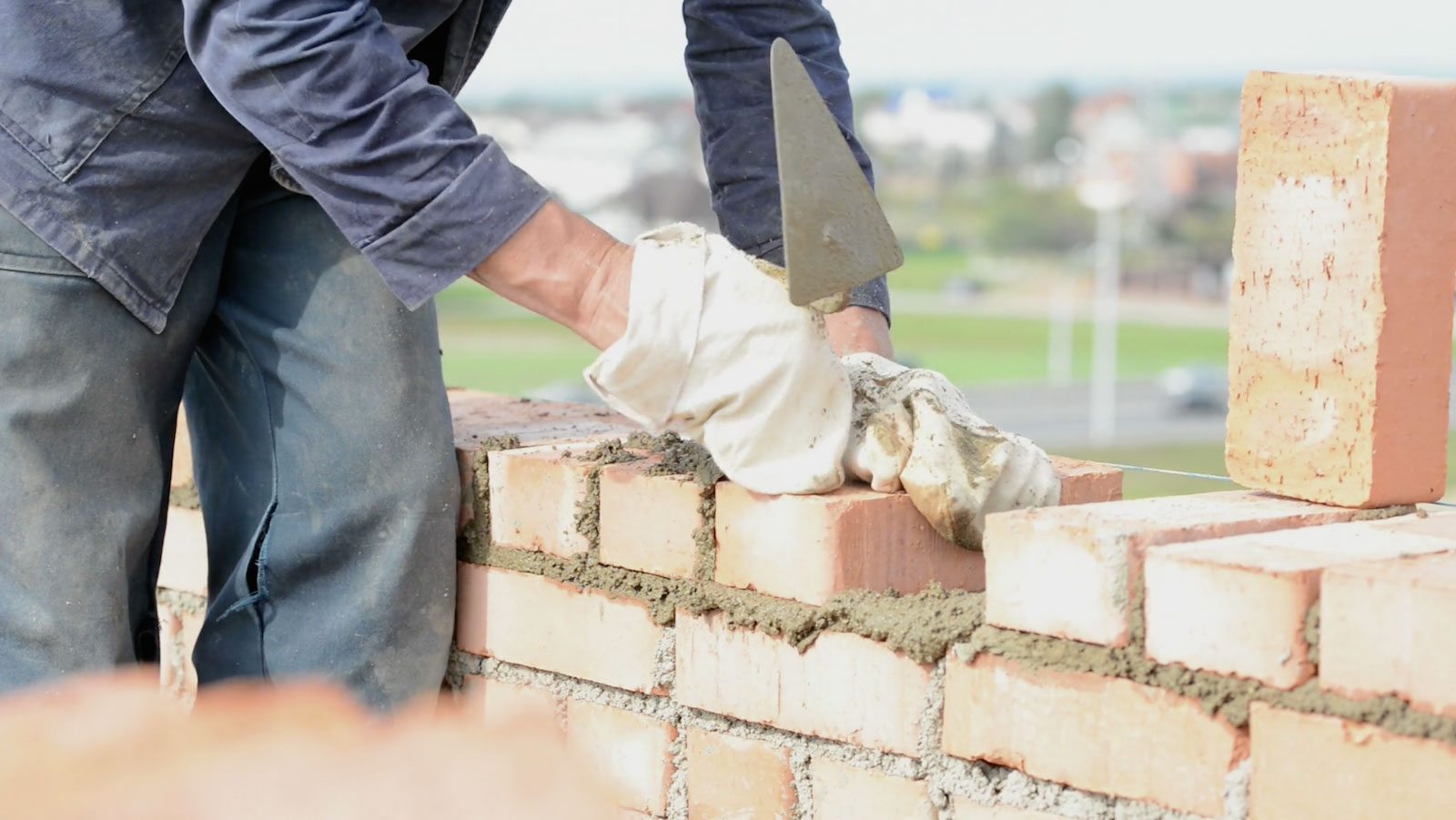
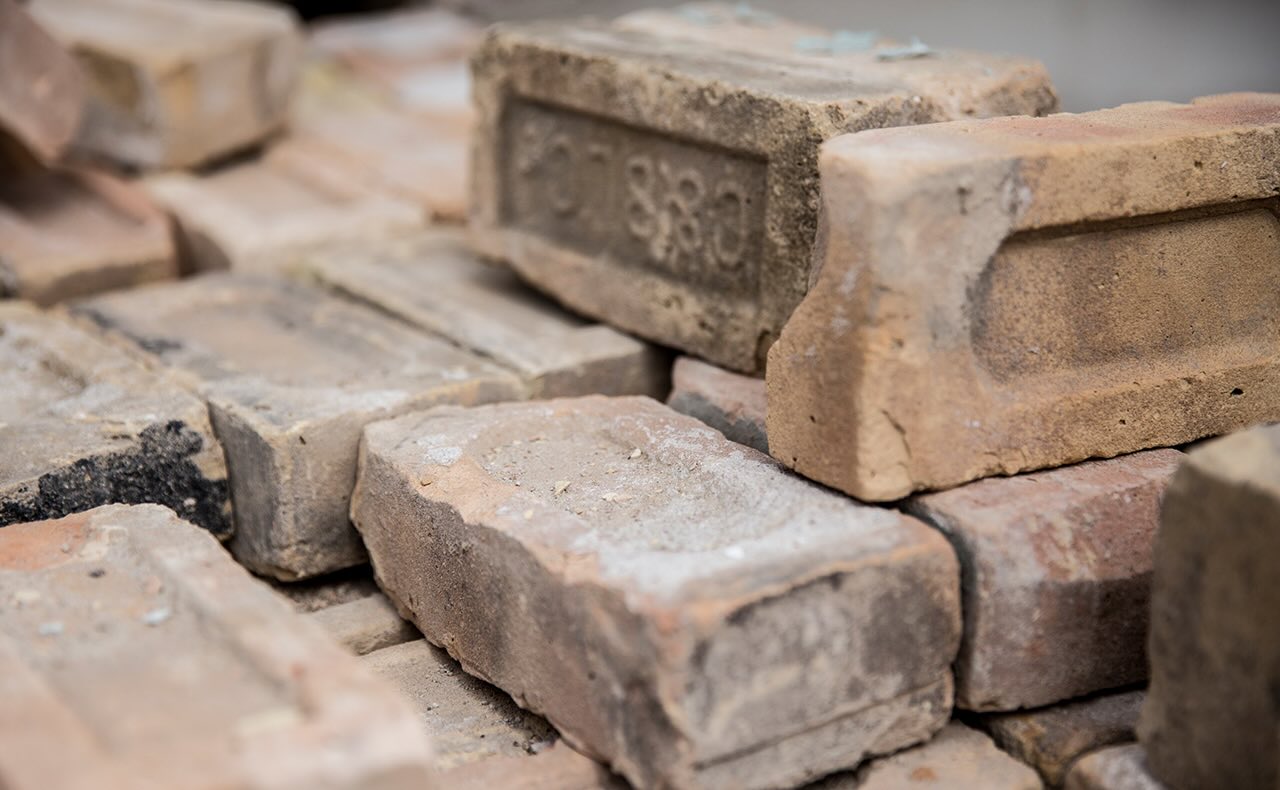
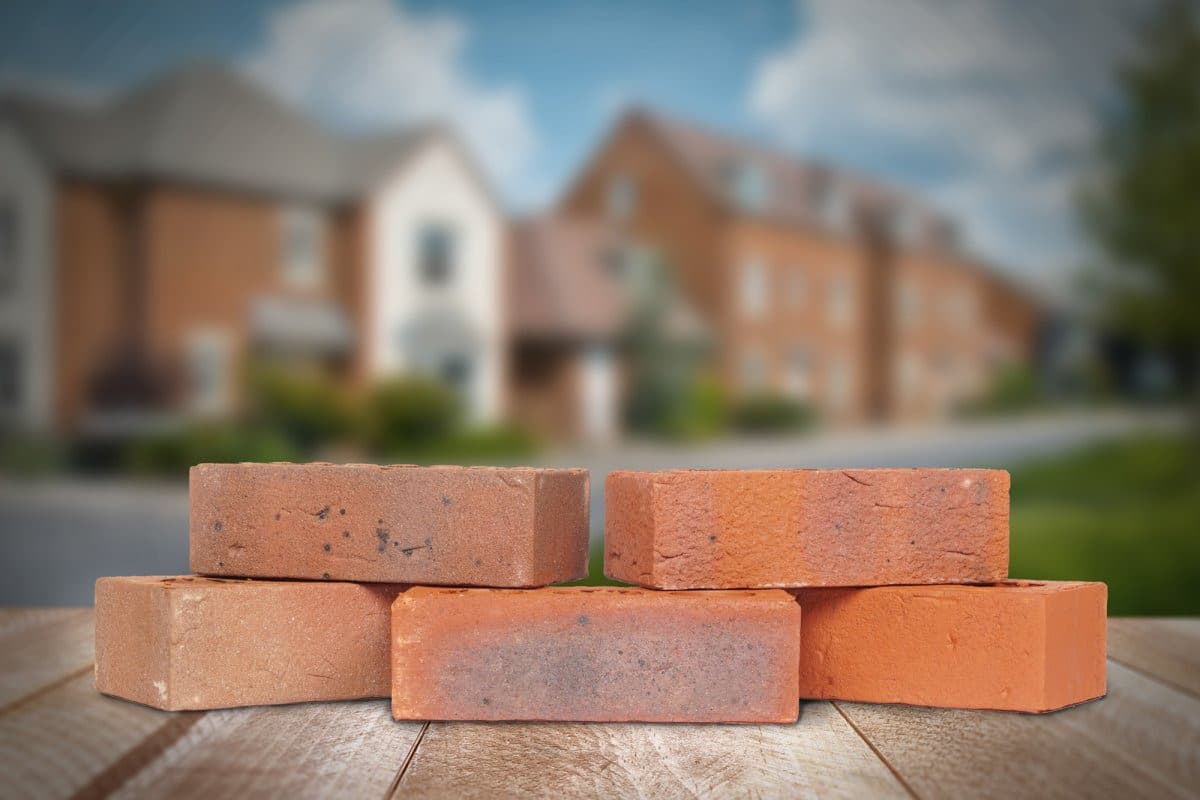

0 thoughts on “What Is Repointing Brick”